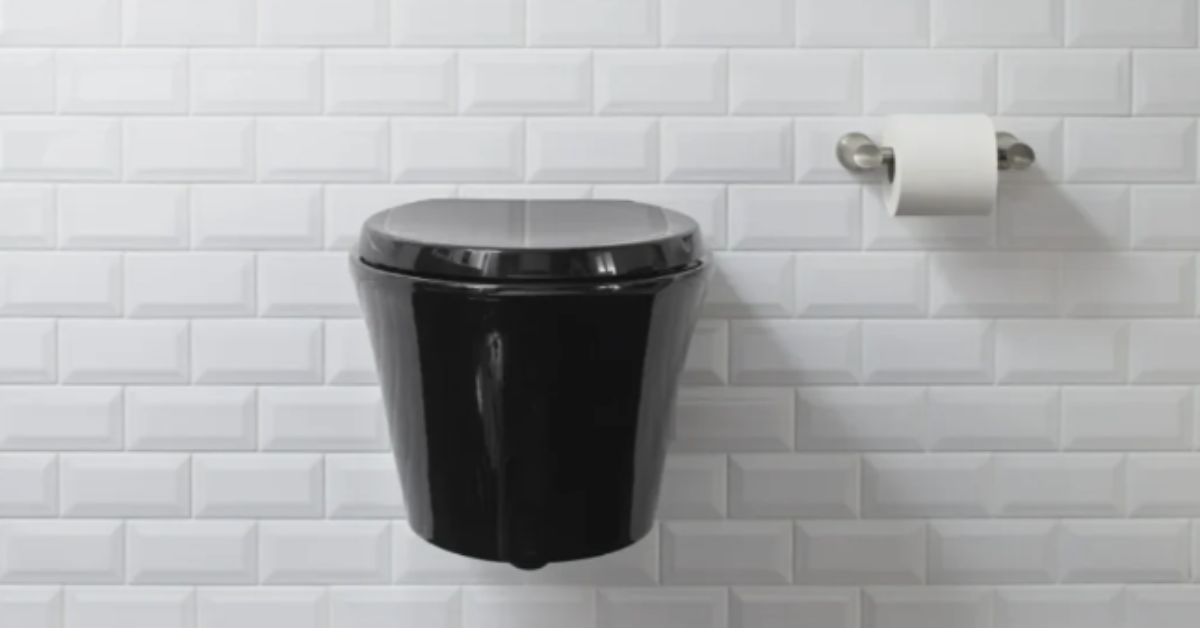The Evolution and Importance of Toilets in Modern Society
Toilets are an essential component of modern sanitation systems, providing a convenient and hygienic way to dispose of human waste. The evolution of toilets reflects the changing needs and values of society over the centuries, from primitive designs to sophisticated modern systems.
Historical Development
The earliest forms of Toilet date back thousands of years, with evidence of their use found in ancient civilizations such as the Indus Valley, Mesopotamia, and Rome. These early toilets were often simple pits or holes in the ground, but as urban areas grew, the need for more effective waste disposal methods became apparent.
The Romans made significant advancements in sanitation with their development of public latrines, complete with complex sewage systems. These innovations set the stage for modern plumbing, emphasizing the importance of cleanliness and public health.
Types of Toilets
Today, toilets come in various designs and technologies, catering to different cultural practices and environmental needs. Some common types include:
- Flush Toilets: These are the most widely used toilets in developed countries. They operate by flushing water to remove waste, typically using a gravity-fed system or a pressure-assisted mechanism.
- Composting Toilets: These eco-friendly options use a natural process of decomposition to break down waste without the use of water. They are often found in remote areas or places with limited access to plumbing.
- Incinerating Toilets: These toilets burn waste at high temperatures, reducing it to ash. They are useful in areas without sewage systems and can be a sustainable option for waste management.
- Pit Latrines: Common in rural areas, these simple toilets consist of a deep hole in the ground. While they are easy to construct, they pose health risks if not maintained properly.
Health and Hygiene
The significance of toilets extends beyond mere convenience; they play a crucial role in public health. Proper sanitation helps prevent the spread of diseases such as cholera, dysentery, and typhoid fever, which are often linked to poor waste management. Access to clean and safe toilets is recognized as a fundamental human right, and initiatives to improve sanitation facilities are essential for enhancing community health and well-being.
Environmental Considerations
As awareness of environmental issues grows, there is increasing interest in sustainable toilet technologies. Water scarcity is a pressing global challenge, prompting the development of water-saving toilets and composting systems. These innovations aim to reduce water consumption and minimize the environmental impact of human waste.
The Future of Toilets
Looking ahead, the future of toilets may be shaped by advancements in technology and materials. Smart toilets equipped with sensors and automatic cleaning features are gaining popularity, offering enhanced convenience and hygiene. Additionally, ongoing research into biodegradable materials and waste treatment methods holds promise for further reducing the ecological footprint of sanitation systems.
Conclusion
Toilets are more than just a functional necessity; they are vital to public health, environmental sustainability, and the overall quality of life. As society continues to evolve, so too will our approach to sanitation, leading to innovative solutions that prioritize both hygiene and ecological responsibility. Ensuring that everyone has access to safe and clean toilet facilities remains a challenge, but it is one that is crucial for a healthier and more sustainable future.







